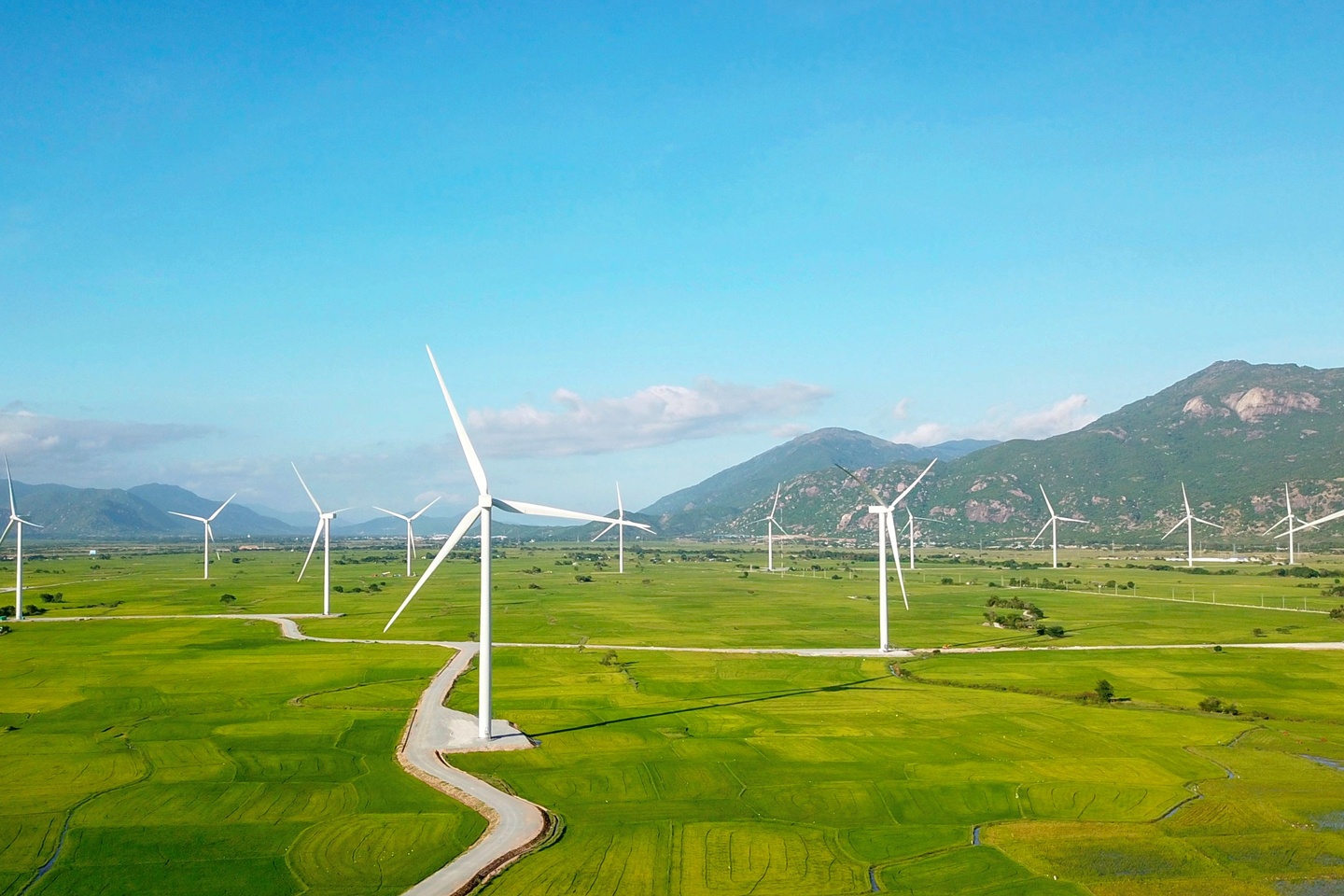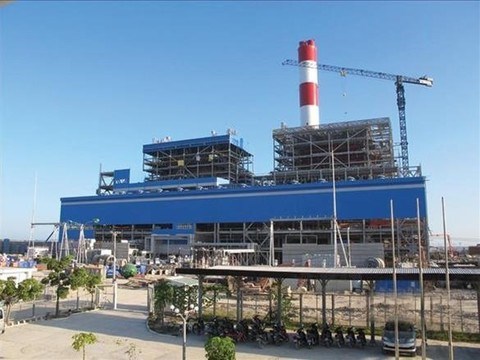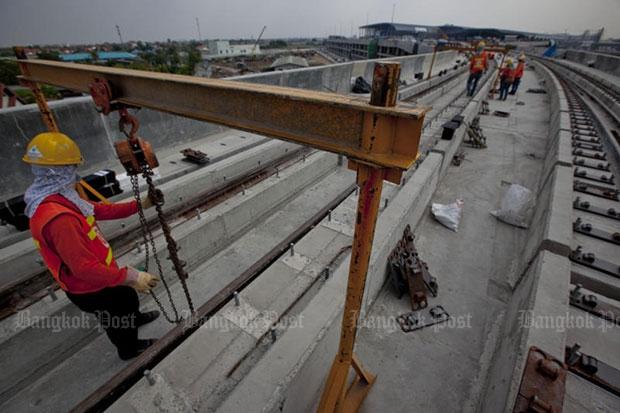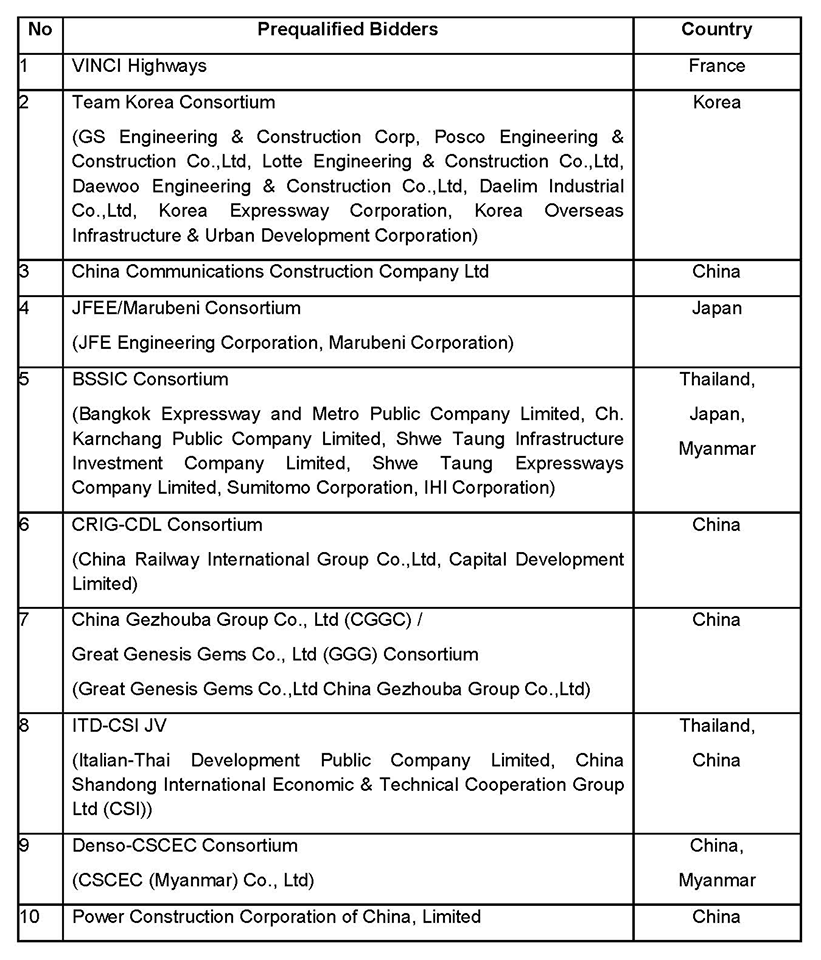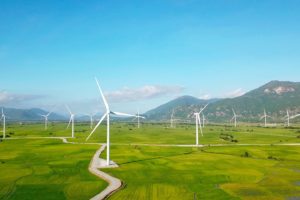
Vietnam has only weeks left to get its wind market back on track as wind power support scheme deadline looms
Southeast Asia’s wind hero is fast falling from grace as the deadline of its wind power support scheme looms. Unless Vietnam acts now, it risks losing investors and developers as well as more power outages and air pollution, experts say.
Previously praised for its attractiveness and gusty growth, Vietnam’s wind market now faces a pivotal moment.
Should the Vietnamese government fail to send a clear signal of continued support for the industry in the coming weeks, investors could pull out and the country could miss its target of two gigawatts (GW) of wind capacity by 2025 and 6 GW by 2030, experts said.
Vietnam could lose its frontrunner status in Southeast Asia for clean energy deployment and risk further power outages and worse air pollution, amid rising energy demand and more coal burning.
The big question mark looming over Vietnam’s wind industry, is whether the country’s feed-in tariff scheme will continue beyond November 2021.
Why industry players are fretting over a deadline that is over one-and-a-half years away, is because a wind farm is a multi-year undertaking that involves project approval, land acquisition, feasibility studies, construction and testing. Wind turbines are ordered 15 to 19 months ahead of project completion, explained Qiao Liming, Asia director of the Global Wind Energy Council.
The knock-on effects of the coronavirus outbreak haven’t made things easier, with impacts on global logistics and operations that have delayed the availability of turbines worldwide, she said.
This means after April 2020, investors will not take the risk to finance wind farms, as they may not be commissioned by the feed-in-tariffs’ cut-off date in November next year, she observed. Projects become less attractive without a guaranteed fixed tariff for the power they generate.
The country’s wind resources, as well as strong government support in the form of feed-in tariffs—USD 8.5 cents per kilowatt-hour (KWh) for onshore and USD 9.8 cents/KWh for offshore wind projects, for a period of 20 years—have propelled its wind industry’s growth in recent years. These factors have made it “Southeast Asia’s hottest market”, said Qiao.
Industry stalled
But challenges surfaced for the industry last year.
Under a new Planning Law intended to develop the nation’s power infrastructure in a comprehensive manner, the government suspended the addition of energy projects to Vietnam’s power master plan.
The law was meant to spur the government to set forth a strategic vision for Vietnam’s energy production, distribution and consumption that better reflects current challenges, such as the dire need for a grid upgrade to deal with renewables’ wildly fluctuating power production, said Luu Hoang Ha, partner at Vietnam International Law Firm (VILAF).
Vietnam’s minister of industry and trade, Tran Tuan Anh, last year conceded he had not anticipated the explosive growth in renewables capacity and had failed to upgrade the power grid in time.
But drafting a new master plan will take years, Ha told Eco-Business. “The idea of the law was good, but given the circumstances, we need more immediate solutions because Vietnam’s economy is growing and needs energy now,” he observed. The government has not yet announced when the new master plan will be released.
The suspension of additional energy projects was lifted late last year, following permission granted by the country’s parliament. But the damage had already been done.
Risk of losing more than investors
Approval for all wind projects to be included in the master plan and connected to the grid was delayed by almost a year, narrowing the window within which developers could finish construction before the feed-in-tariff deadline.
And many projects have yet to get the green light, according to Olivier Duguet, chief executive officer at Singapore-based wind developer The Blue Circle.
“Very few projects are now being built,” said Duguet, whose company has two projects in Central Vietnam named Chu Se and Chu Puh, with a total capacity of 170 MW. They have been waiting to be included in the national master plan since early 2019.
Duguet said when impatient developers pressed the government for details, they were told their project was sitting on the prime minister’s table. “He must have a very big desk,” he quipped.
According to a source close to the Vietnamese government, 4,400 MW of projects are awaiting approval—nine times Vietnam’s installed onshore and offshore capacity of 490 MW in 2019.
The government needs to extend the feed-in tariff scheme by at least a year and fast-track the approval process for projects to be included in the country’s power master plan, said Qiao.
The Global Wind Energy Council is meeting representatives of Vietnam’s Ministry of Industry and Trade on Monday (23 March) to discuss the matter.
The source close to the government said the extension of the scheme is currently not high on the agenda. The government is also notorious for its reactive approach rather than a proactive one, he said.
Unless Vietnam remedies the situation, however, it risks losing more than investors. Construction firms and manufacturers that have set up facilities and offices in the country could move their business to other attractive markets in the region, such as Thailand or the Philippines, Qiao said.
“If these companies don’t see projects coming up, they will close down and go elsewhere,” she said, adding that re-establishing supply chains later won’t come cheap and could raise the cost of power production in Vietnam.
This would be bad news for a country that urgently needs affordable energy. With a booming economy and a population of 96.7 million that is still growing, the country forecasts power generation will need to rise from about 47,000 megawatts (MW) currently to 129,500 MW by 2030.
“If Hanoi plans to extend the feed-in-tariff scheme, it needs to announce it now, or investors will pull out of the country. If it announces a one-year extension (only) next year, developers won’t have enough time to order wind turbines to complete their projects,” said Duguet.
Source: https://www.eco-business.com/news/vietnam-has-only-weeks-left-to-get-its-wind-market-back-on-track/
